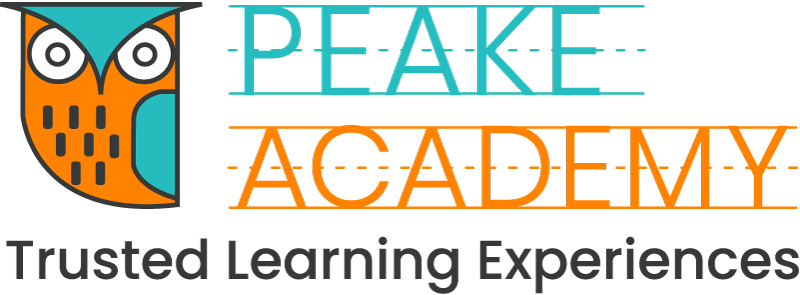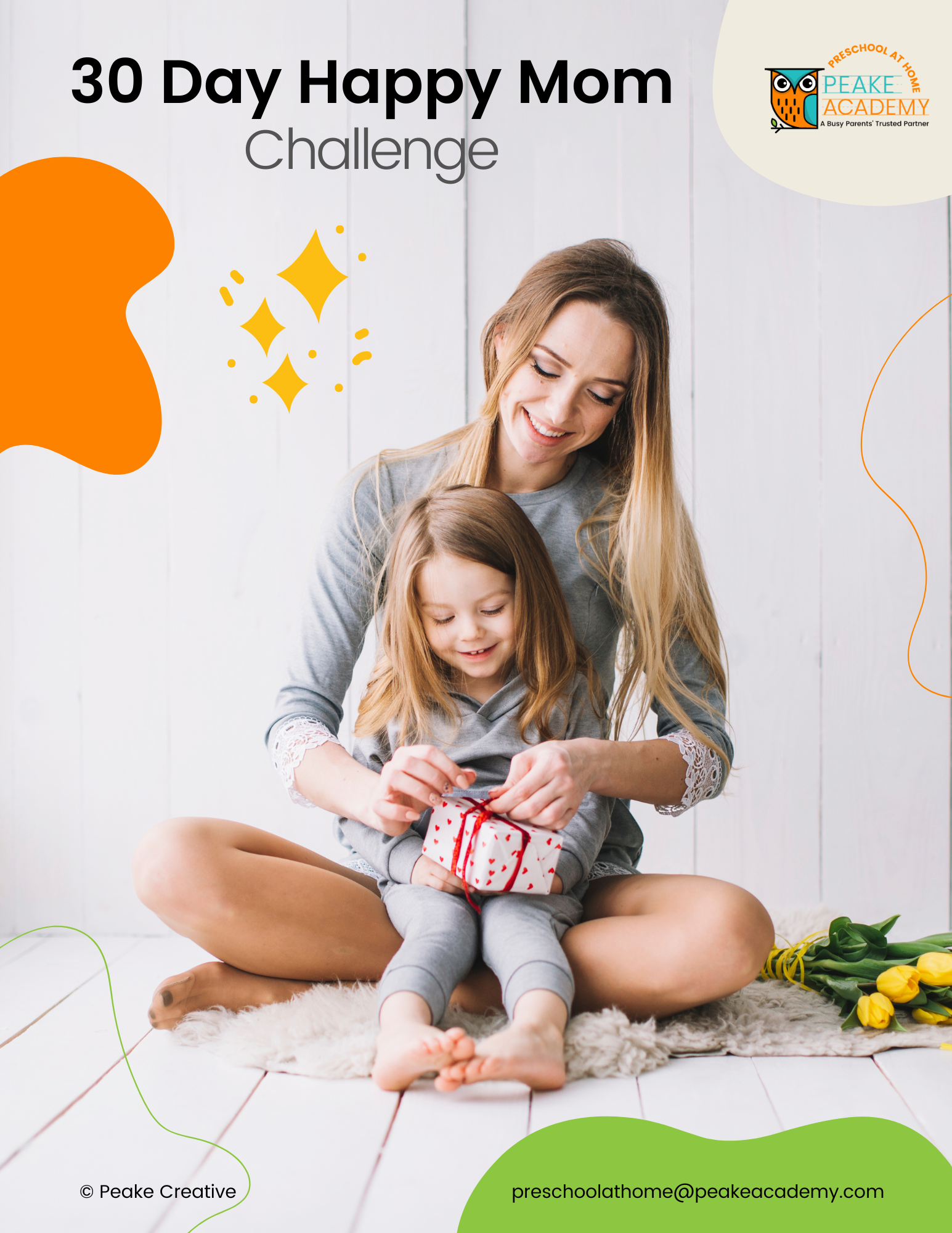Inspire, Create, Learn: Teacher Tips for Crafting the Perfect Visual Learning Space for Your Child
Struggling to keep your child engaged during study time? The secret might just lie in their surroundings. A well-crafted visual learning space is crucial for children's educational success, and teachers have mastered the art of creating these environments. Keep reading to turn your home into an optimal learning zone with teacher-approved strategies.
Embrace Natural Light
Natural light boosts mood, energy, and concentration. When setting up a study space for your child, try to locate it near a window. The presence of natural light can enhance visual clarity and reduce eye strain, particularly during reading or writing tasks.
Keep it Clutter-Free
Teachers know the importance of an organized classroom. At home, a neat and tidy learning space can minimize distractions. Ensure there’s a specific place for every item. Use containers, shelves, and labels to help keep things in order.
Incorporate Interactive Visuals
Interactive charts, maps, and diagrams can serve as excellent tools for visual learners. Not only do these visuals help explain complex topics, but they also encourage active participation. Consider incorporating a whiteboard or corkboard where your child can pin notes, draw diagrams, or map out their thoughts.
Rotate Educational Posters
Change stimulates the mind. By rotating educational posters or visuals every so often, you can ensure that the space remains fresh and intriguing for your child. Topics can range from math formulas to historical timelines or even inspirational quotes.
Color Matters
Colors can influence mood and cognitive function. Light blues and greens are known for promoting calmness and concentration, while brighter colors like yellow and orange can spark creativity. Consider these effects when choosing wall paint, furniture, or even stationery.
Dedicated Zone for Different Activities
Just like classrooms have reading corners, activity tables, and quiet zones, your child’s learning space should cater to different tasks. This not only creates order but also sets clear intentions for each activity.
Use Multi-Sensory Tools
While the focus is on visual learning, don't forget the other senses. Items like textured playdough, scented markers, or tactile alphabet cards can engage multiple senses, reinforcing learning.
Incorporate Nature
Studies have shown that plants can improve concentration and reduce stress. A small potted plant in the learning space can be both aesthetically pleasing and beneficial for mental well-being. Additionally, nature posters or visuals can also inspire curiosity about the world.
Create a Personal Touch
Every child is unique. Personalizing their space with their artwork or achievements can make it more inviting. This not only fosters a sense of ownership but also boosts their self-esteem.
Stay Updated with Learning Trends
Teachers continually update their strategies and tools based on the latest educational research. Parents can do the same by staying informed and being open to introducing new elements into the learning space.
Crafting the perfect visual learning space is an evolving process, dependent on the unique needs and preferences of your child. By integrating these teacher-inspired tips, parents can ensure that their child’s study environment is not just functional, but also inspiring and conducive to effective learning. Remember, the ultimate goal is to foster a love for learning and to equip your child with the tools they need to succeed.
Free Resource
Thank you for reading this content. And if you loved this post, please be sure to join our Parent Advisor Facebook group where we share more insights and community.
Grab our vibrant, printable ABC's & 123's Posters to add a splash of fun and education to your walls!
Everyone deserves self-care
The same goes for busy moms like you. So let's do it together and create a healthy habit!
Join the 30-Day Happy Mom Challenge Today!
Visit our Parent Advisor and The Buzz Blogs to learn more about related topics and parenting tips. You are welcome to join our private Parent Advisor Facebook group. It’s a growing community of parents and preschool teachers where you can learn and share more parenting tips.













